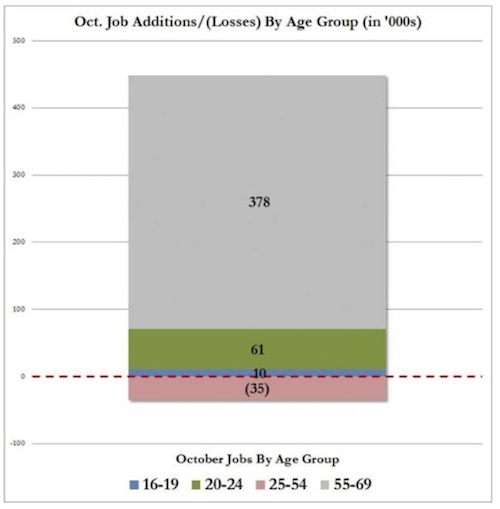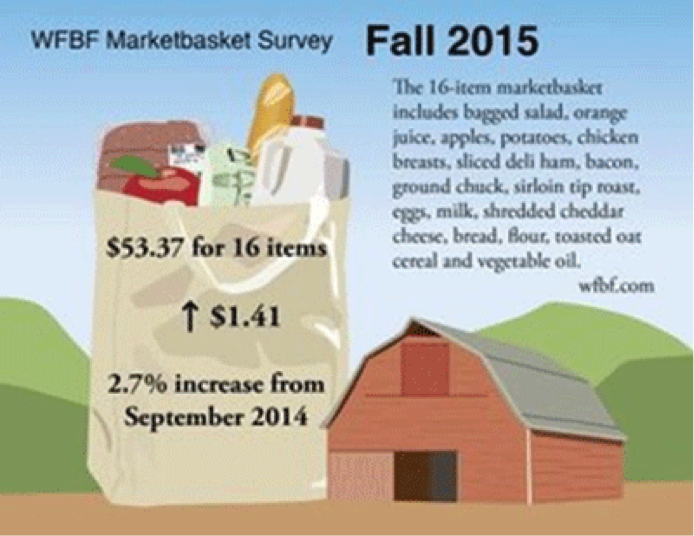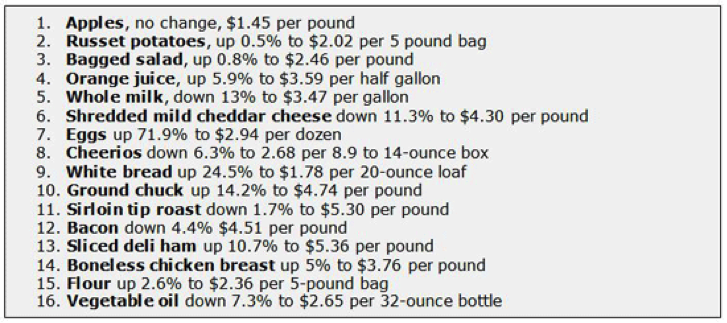Outside the Box: Paris, Sharm el-Sheikh, and the Resurrection of Old Europe
By John Mauldin
Soon after the Paris attacks, I picked up the phone to talk over the situation with my friend George Friedman. George is one of the truly world-class thought leaders on geopolitics. We had an animated 20-minute conversation. I didn’t particularly like what I heard.
George thinks we face big difficulties in dealing realistically with the ISIS threat. The more I read—and the more I listen to people like George who have worked these issues for decades—the more I think that we, as a culture, need to face reality.
I asked George to distill his thoughts into a short essay I could publish in Outside the Box, and he agreed.
This is a very thought-provoking piece with a different conclusion—which is what you can always expect from George.
Paris, Sharm el-Sheikh, and the Resurrection of Old Europe
John Mauldin, Editor
Outside the Box[email protected]
Stay Ahead of the Latest Tech News and Investing Trends…
Click here to sign up for Patrick Cox’s free daily tech news digest.
Each day, you get the three tech news stories with the biggest potential impact.
By George Friedman
The attacks in Paris last Friday night were part of a long-term pattern of occasional terrorist attacks by jihadists on targets in Europe. In the European context, this stood out for two reasons. First, the scale of the attack was substantially larger than other attacks in recent years, both in the number of participants and the number of casualties. Second, it was different in the level of sophistication and planning. Securing weapons and explosives, gathering at least three teams, identifying the targets and the manner in which these targets were to be attacked involved fairly complex logistics, intelligence and above all coordination. Most impressive was their counter-intelligence and security. There were at least seven attackers and additional support personnel to secure weapons, gather information and help them hide out in preparation for the attack. No one detected them.
Continue reading “Paris, Sharm el-Sheikh, and the Resurrection of Old Europe”








